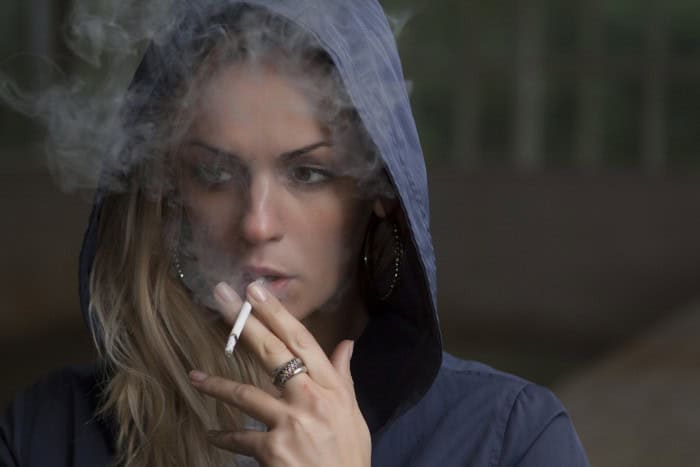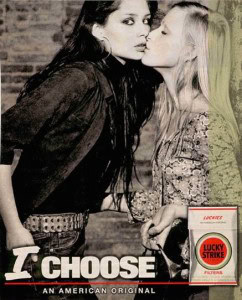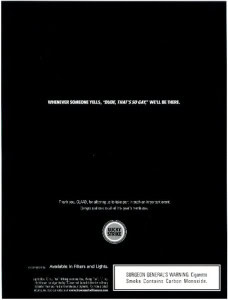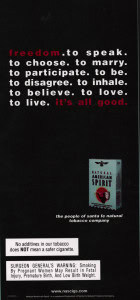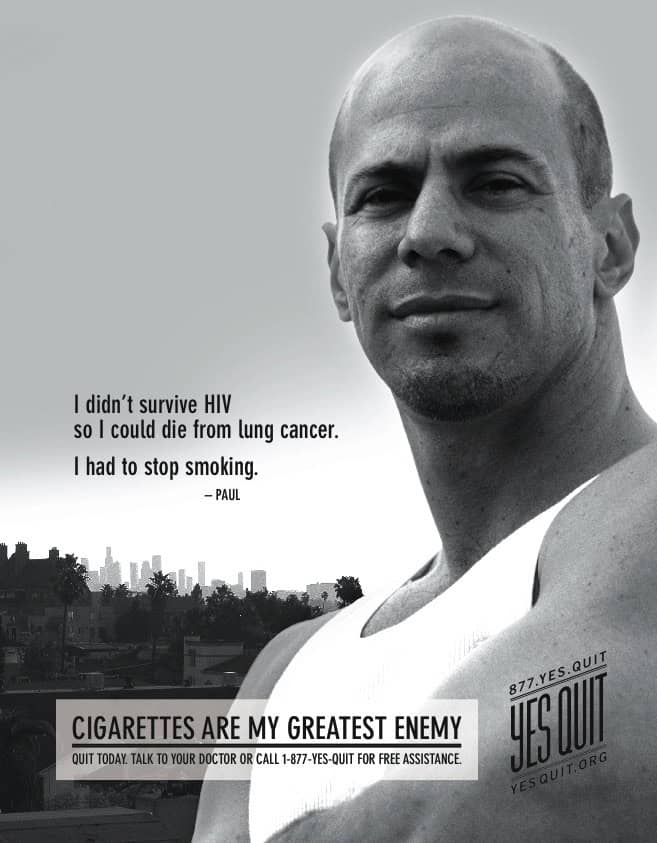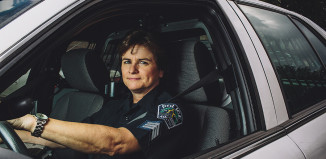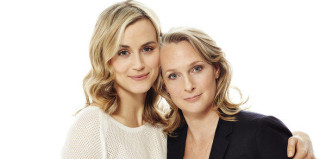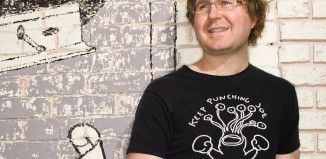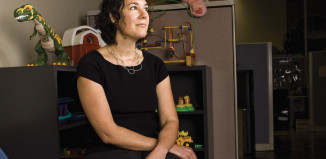If you’re more than 30 years old, it’s not hard to remember a time when going out to socialize meant you were also interacting with cigarette smokers, whether or not you were a smoker. Smokers had their own sections in restaurants, and pretty much had the run of any bar or club. Times have changed – the landmark 1998 tobacco master settlement, health advocacy activity, and ordinances in cities across the country banning indoor smoking have helped lower the smoking rate in the U.S. Today 17 percent of U.S. adults smoke, down from 21 percent in 2005.
But one community has not seen smoking declines; among LGBT individuals in the U.S., there is a 26.6 percent smoking
rate, according the Centers for Disease Control (CDC), well above the rate in the total population. According to some estimates, the smoking rate is as high as 33 percent among LGBT individuals.
While the Surgeon General first made the link between smoking and health more than 50 years ago, it wasn’t until much more recently that the U.S. government mentioned the LGBT smoking disparity. And it was only in 2014 that the Surgeon General’s report clearly outlined the LGBT population as one that is experiencing tobacco disparities. Now there are several efforts aimed at helping LGBT smokers quit – and part of that effort is understanding why they smoke more in the first place.
The CDC gives a very brief explanation of some of the factors that might be behind those high rates: “LGBT individuals are also likely to have risk factors for smoking that include daily stress related to prejudice and stigma that they may face.”
While that’s undoubtedly true for some smokers in the LGBT community, others point to smoking being an almost unavoidable part of the social scene.
Juan Ortiz, a 34-year old Austin resident, says he started smoking when he was in high school. When he was younger, smoking was just part of the gay social scene inside bars. “It was the thing to do with a drink,” Ortiz says.
When he first came out, smoking inside of bars was still legal. Ortiz says he noticed a decline once Austin’s smoking ordinance went into effect – but it was short-lived.
“Every gay bar has a designated outdoor area, if not an entire outdoor area for smoking,” he says. “So you have to go outside – it’s a way to, as they say, do a round. And if you have a drink and you’re outside, it’s tempting.”
For some LGBT smokers, the habit is hard to give up after kicking other drugs or drinking. Marcus Freiberger, an Austin resident, says he used to do a lot of drugs. He’s sober now, and he’s living a healthy lifestyle, but he does still smoke.
“With the drugs and partying, cigarettes were part of it all,” Freiburger says. “I was smoking before I was into drugs, so that habit stuck – but I think whether you’re gay or straight, when you get sober the only thing you have left is cigarettes. So it’s like, ‘I’m going to hang onto it for as long as I can!’”
According to the CDC, alcohol and drug use is also higher within the LGBT population as compared to the general population, something that the agency attributes in part to stressful experiences with homophobia, discrimination, and violence.
There’s also pressure in the form of advertising from outside the LGBT community.
Ortiz says he’s noticed that when he goes to gay bars in San Antonio there’s often someone from Camel offering free packs of cigarettes. Camel, which is owned by R.J. Reynolds, came under fire in 2000 when documents leaked revealing its plans for ad campaigns targeting young gay men and homeless people in San Francisco – what it dubbed “Project SCUM,” an acronym that stood for SubCulture Urban Marketing.
The public face of that campaign was much different than the name circulating in the corporate offices; Camel sponsored parties and booths at gay pride parades and in print ads has used the language “take pride in your flavor.”
Reynolds wasn’t alone in targeting the LGBT community. A 2005 American Spirit ad borrowed language from the gay rights movement with a print ad that read “Freedom. To speak. To choose. To marry. To participate. To be. To disagree. To inhale. To believe. To love. To live. It’s all good.” And Lucky Strike used a photo of a lesbian couple in 2001 with the text “I Choose.”
Both Ortiz and Freiberger think things may be changing, though.
“I find people are less likely to date a smoker,” Freiburger says. “There’s a lot of pressure in the gay community to not smoke cigarettes. I’m on a softball team, and for a long time, I’d hide around the corner if I wanted to smoke.”
Ortiz says he’s started jogging again, and has decided to give up smoking.
“When I was young, I’d literally go to the gym with a cigarette in my mouth, and leave with a cigarette in my mouth,” Ortiz laughs. “I’m starting to exercise again, and the other day I went for a run and it was pretty tough. I smoked the last one in my pack yesterday and decided that’s the last one.”


















